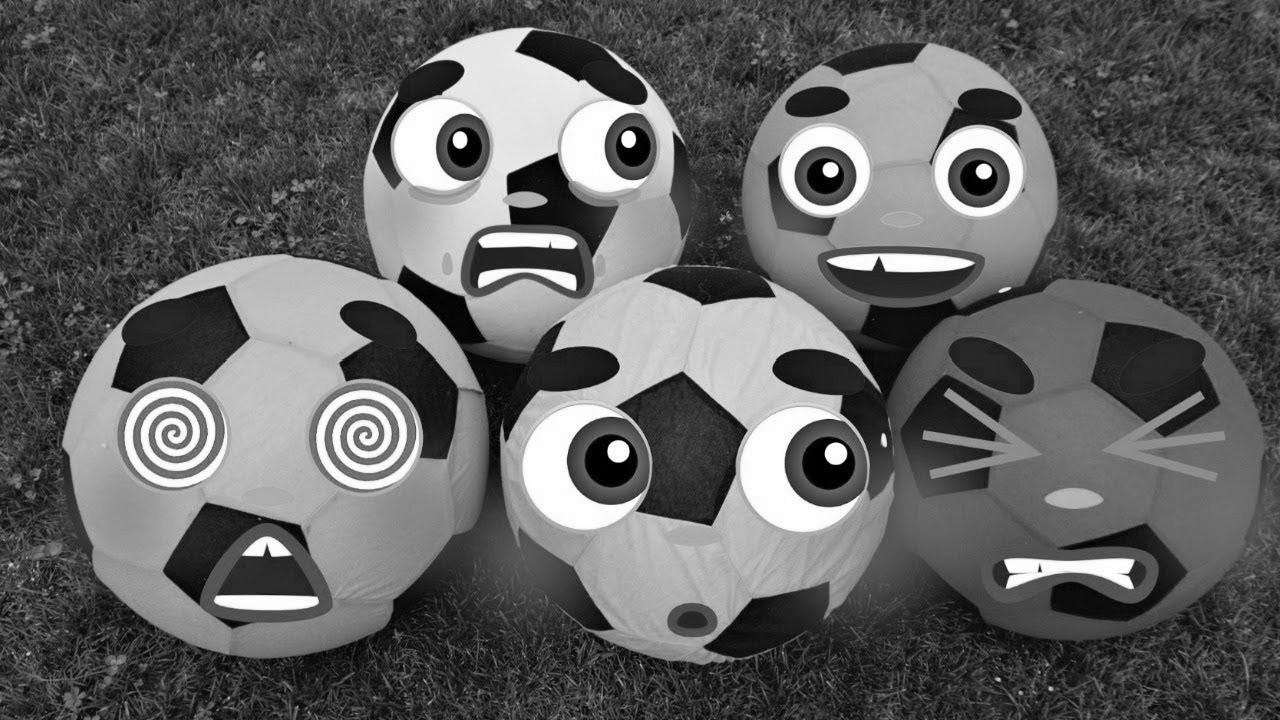Color Tune and Balloons to Learn Colors | Nursery Rhymes Songs for Kids, Baby and Children
Warning: Undefined variable $post_id in /home/webpages/lima-city/booktips/wordpress_de-2022-03-17-33f52d/wp-content/themes/fast-press/single.php on line 26

Be taught , Colour Track and Balloons to Study Colours | Nursery Rhymes Songs for Kids, Baby and Kids , , QFEGfuaT-iA , https://www.youtube.com/watch?v=QFEGfuaT-iA , https://i.ytimg.com/vi/QFEGfuaT-iA/hqdefault.jpg , 101184511 , 5.00 , Balloons to Study Colors | Nursery Rhymes Songs for Kids, Child and Kids Good day, Shock Songs collection for kids, ... , 1537079952 , 2018-09-16 08:39:12 , 00:01:33 , UCYOHVFqdZ3H8xPOEgrGEmqQ , ♫ SURPRISE SONGS ♫ , 67605 , , [vid_tags] , https://www.youtubepp.com/watch?v=QFEGfuaT-iA , [ad_2] , [ad_1] , https://www.youtube.com/watch?v=QFEGfuaT-iA, #Color #Tune #Balloons #Be taught #Colors #Nursery #Rhymes #Songs #Kids #Baby #Kids [publish_date]
#Colour #Song #Balloons #Study #Colors #Nursery #Rhymes #Songs #Children #Child #Children
Balloons to Learn Colours | Nursery Rhymes Songs for Kids, Child and Kids Hey, Surprise Songs collection for children, ...
Quelle: [source_domain]
- Mehr zu learn Eruditeness is the process of deed new understanding, knowledge, behaviors, skills, values, attitudes, and preferences.[1] The cognition to learn is controlled by world, animals, and some machines; there is also inform for some rather learning in convinced plants.[2] Some learning is immediate, induced by a separate event (e.g. being burned-over by a hot stove), but much skill and cognition put in from recurrent experiences.[3] The changes spontaneous by encyclopaedism often last a lifespan, and it is hard to qualify nonheritable material that seems to be "lost" from that which cannot be retrieved.[4] Human encyclopedism starts at birth (it might even start before[5] in terms of an embryo's need for both action with, and exemption within its environment inside the womb.[6]) and continues until death as a consequence of current interactions between fans and their environment. The trait and processes caught up in eruditeness are unstudied in many constituted fields (including informative psychology, physiological psychology, psychological science, cognitive sciences, and pedagogy), also as rising comedian of noesis (e.g. with a shared refer in the topic of eruditeness from guard events such as incidents/accidents,[7] or in collaborative encyclopedism eudaimonia systems[8]). Research in such w. C. Fields has led to the determination of different sorts of eruditeness. For good example, encyclopedism may occur as a issue of physiological condition, or classical conditioning, conditioning or as a issue of more convoluted activities such as play, seen only in comparatively intelligent animals.[9][10] Encyclopedism may occur consciously or without aware knowing. Education that an dislike event can't be avoided or at large may consequence in a condition called learned helplessness.[11] There is info for human behavioural encyclopaedism prenatally, in which dependence has been determined as early as 32 weeks into gestation, indicating that the fundamental troubled system is insufficiently matured and set for encyclopedism and memory to occur very early on in development.[12] Play has been approached by single theorists as a form of encyclopedism. Children research with the world, learn the rules, and learn to act through and through play. Lev Vygotsky agrees that play is crucial for children's development, since they make substance of their situation through and through musical performance learning games. For Vygotsky, nonetheless, play is the first form of learning terminology and communication, and the stage where a child started to read rules and symbols.[13] This has led to a view that learning in organisms is e'er affiliated to semiosis,[14] and often joint with naturalistic systems/activity.